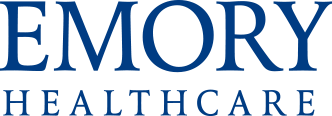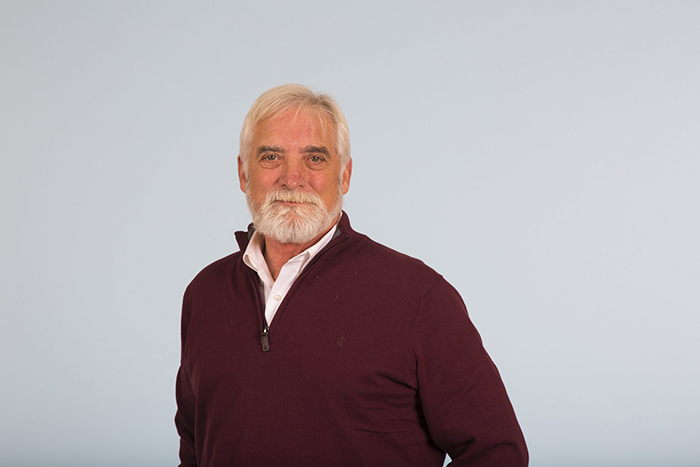A Leader in TAVR Research and Usage
TAVR was originally available only for frail or older patients deemed too high risk for traditional open-heart surgery. TAVR became an option for medium-risk patients after a second clinical trial, with Emory as one of the leading enrollers, which found those using the less invasive method fared better after one year than others who had undergone traditional surgery. Patients who received TAVR had roughly half the one-year risks of stroke and mortality compared to those who underwent the much more invasive open-heart route.
Emory has performed more TAVR procedures than any other health care system in Georgia. It was one of just five approved centers in the U.S. to participate in the first stages of the original PARTNER I clinical trial in 2007. Emory Healthcare has gone on to perform more than 3,000 of the procedures since 2007.
But when Green was preparing for her surgery in August of 2016, she still needed to be convinced. The findings of the clinical trial had been published only five months earlier, prompting plenty of questions about what this treatment meant.
“I said, ‘No sir, give me the old surgery,'” Green recalled. “Put me on a heart-lung, give me a titanium valve and let me go home.”
But her previous heart surgery to replace her mitral valve, in addition to breast cancer removal she underwent later, simply left too much scar tissue, doctors told her.
Green and a friend spent an entire day praying over the decision, and at last she agreed.
The TAVR procedure took approximately 45 minutes and, soon afterward, Green was awake, sitting up and trying to go back to her room to watch her beloved Boston Red Sox on TV.
It was a stark contrast to her open-heart procedure, when her mitral valve had been replaced.
“It was a long time getting better after being cut open. For about the first 24 hours, I was incoherent. I was in the hospital six or seven days. I had a hard time getting up and I couldn’t get up without help. I had a long recovery. I’m talking probably three to four months,” Green recalled.
“With my TAVR, 20 minutes after I came out of surgery, I was awake. I felt fine. I sat up on the side of the bed and everyone said, ‘Whoa, whoa, where are you going?’ I said, ‘I want to get up.'”
‘Nothing Like It Was Before’
More than two years later, “I’m doing great,” she said.
Following her TAVR surgery, she went through six weeks of heart therapy. In 2017, she was able to fly to Irvine, Calif., to meet the people who had made her replacement valve, and others who had undergone the life-changing procedure.
“It was wonderful. We had meetings, and they told us all about the TAVR. There were 50 patients and 50 caregivers, and they pumped our brains for three days. They wanted to know: Did you hurt? How did the surgery go? How do you feel now?” she said.
Green was asked to give a speech about how she decided to proceed with the TAVR surgery.
“I was really apprehensive about having it, and I let them know that they needed programs to get this information out there, because the TAVR is a wonderful invention,” she said.
The crippling fatigue that once forced her to rest at the mailbox is gone. She now takes aerobic classes three days a week.
“I struggle through it, but I continue to do it,” Green said. “I still get short of breath, and I probably always will because I’m a heart patient. But it’s nothing like it was before.”




